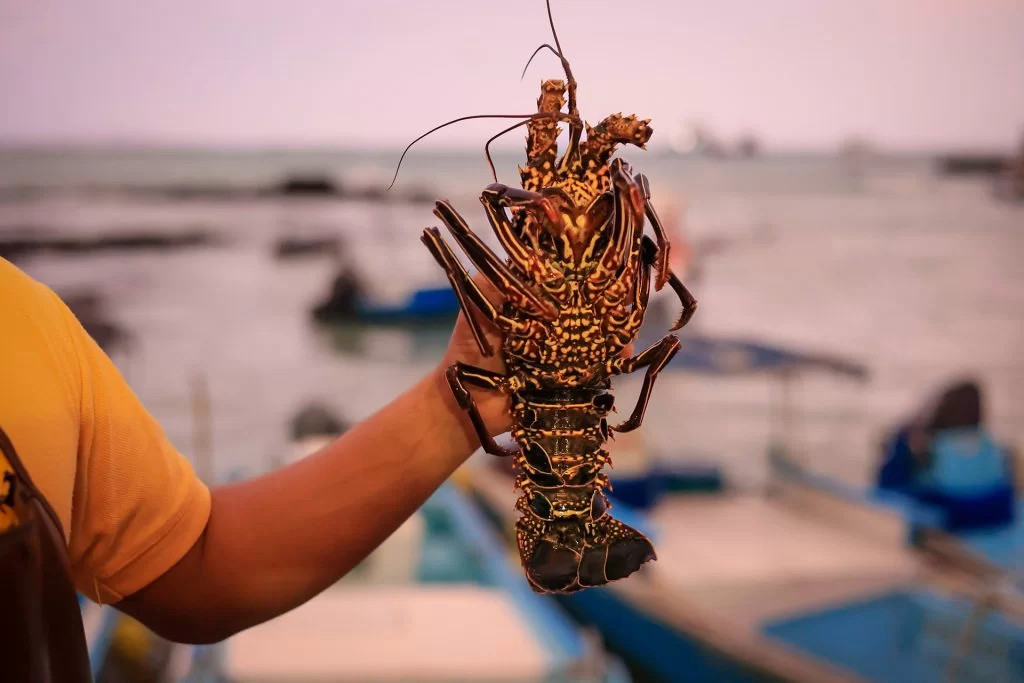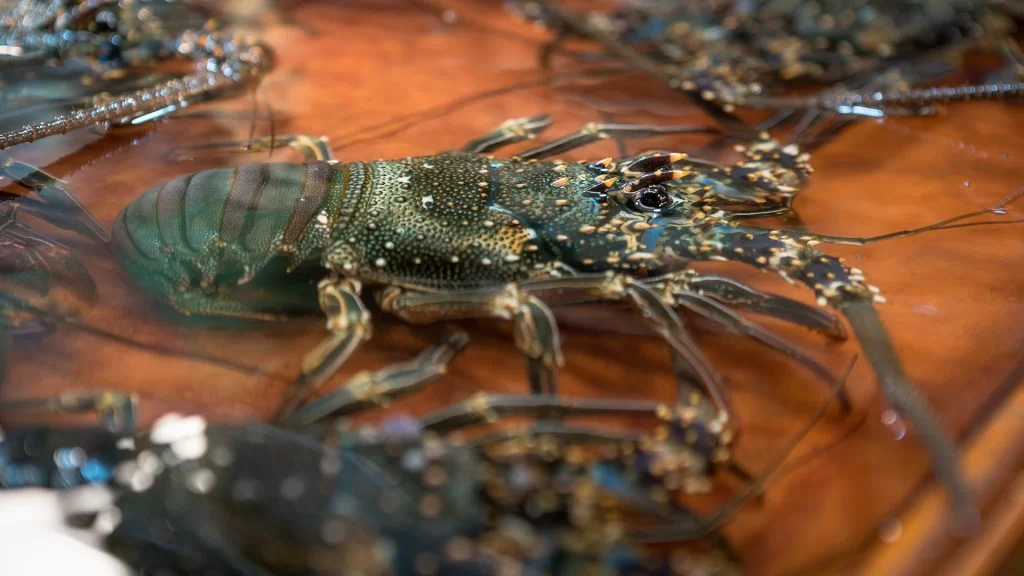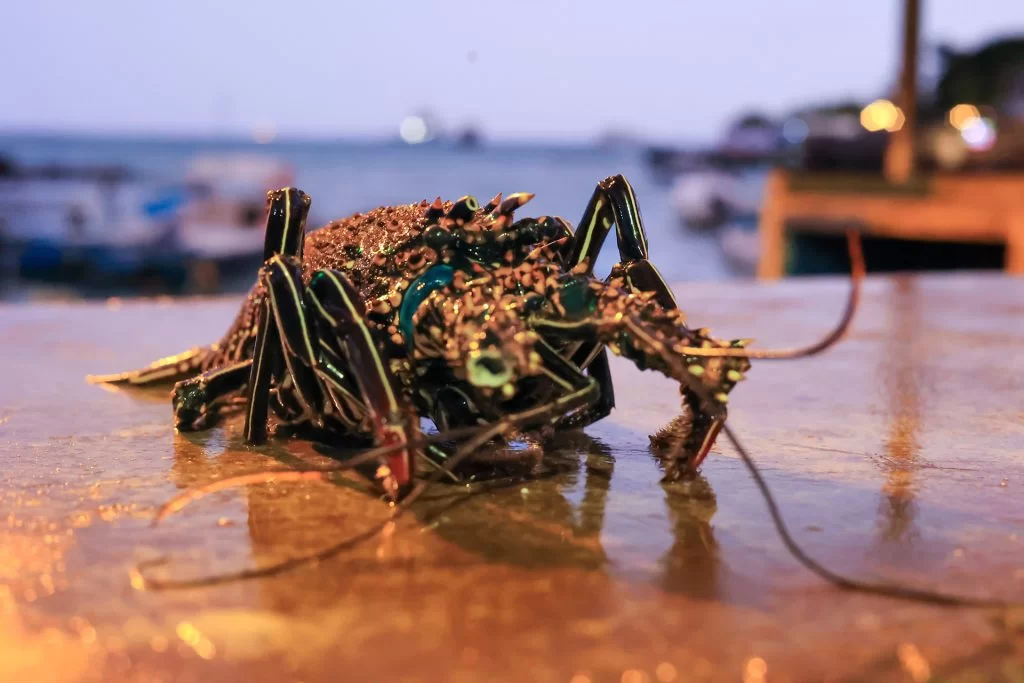Galapagos is home to two main lobster species: the red lobster ( Panulirus pnicillatus), and the green lobster( Panulirus gracilis). These spiny lobsters have spiky thick antennae, two frontal horns, and are both clawless. The red lobster is found in shallow, clear waters while the green lobster prefers sandy beaches of mangrove bays.
Lobster fishing has grown significantly in Galapagos since the 1960s. It was once the most profitable marine resource of the archipelago. Overfishing has led to a decrease in lobster populations and the need for urgent regulations to ensure sustainability. These regulations include fishing seasons, quotas and allowed sizes.
The spiny lobster fishing season began on August 28, following a population survey and dialogues with representatives of the Galapagos National Park Directorate, as well as technicians from the Galapagos National Park Directorate. The sea cucumber season will end on October 1, and lobster fishing will continue until December 31. The Galapagos Lobster’s conservation is vital, not only because of its economic importance, but also due to its role as an essential part of the ecosystem. It feeds on marine animal wastes and helps purify the surrounding environment.
[/one_second]

Lobsters have been a valuable commercial resource in Galápagos since the early 1960s, contributing significantly to the income of the archipelago’s fishermen. ©Galápagos Conservancy
[/one_second]
Santa Cruz fishermen have been actively involved in conservation efforts to protect lobsters. They work with the relevant authorities and organisations in order to ensure their long-term sustainability. Selective capture is one of their key strategies, allowing them to release lobsters that are not the right size or have eggs.
Our Director of Conservation Dr. Jorge Carrion stressed that Galapagos Lobsters are not just a delicacy, but also a vital indicator of the health of the marine ecosystem. He said that “their conservation not only safeguards this valuable natural heritage, but also ensures prosperity and harmony for future generations in this archipelago.”

The green lobster (Panulirus gracillus) in Galápagos prefers habitats with rocky and sandy
bottoms in murky waters, often found in bays with mangrove ecosystems.



